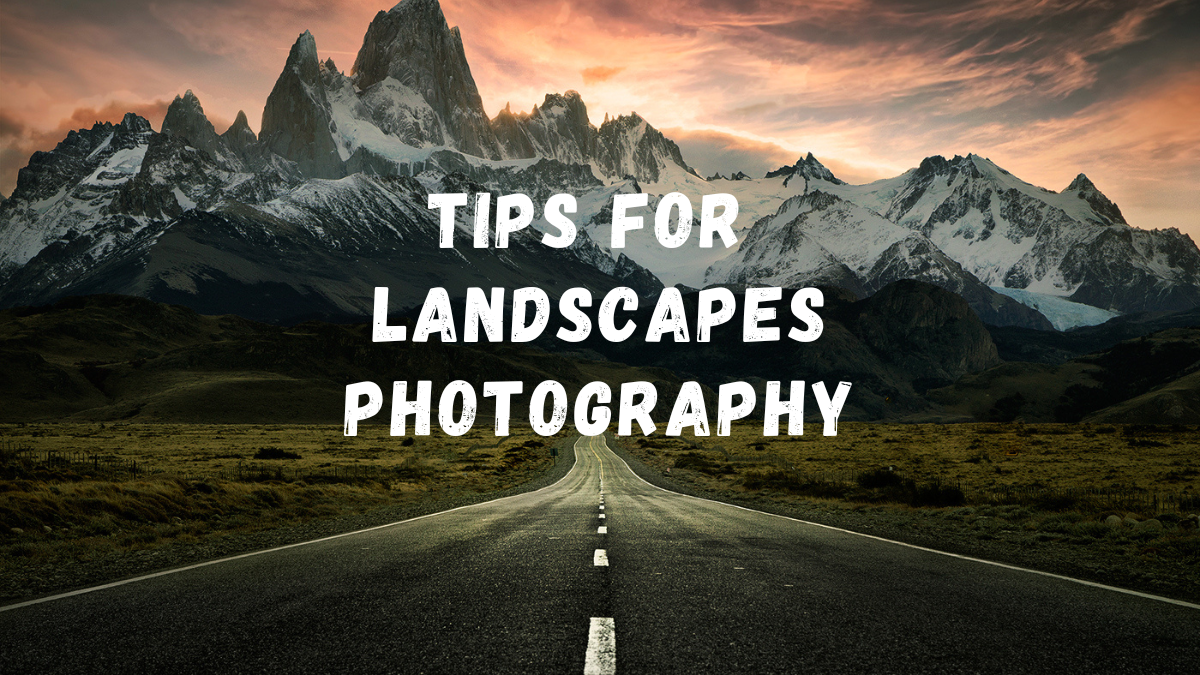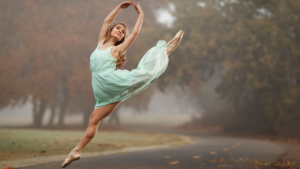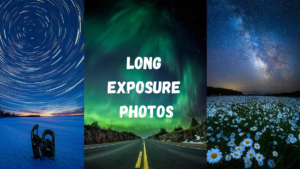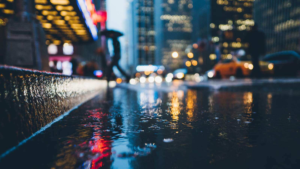What is Landscape photography?
Landscape photography is the specialty of catching pictures that encapsulate the substance of nature and the outside. An extraordinary scene photo ships the watcher and provides them with the feeling of being there and seeing something mind blowing.
As a scene picture taker, you believe that the watcher should interface with the feelings you felt when you shot the photo. Everybody needs to catch the magnificence of new areas. Regardless of whether you are sufficiently lucky to visit the most lovely areas on The planet, photography is a ceaseless learning and developing interaction.
We have assembled a rundown of tips and thoughts to assist you including intending to synthesize, and from photography stuff to the best post-handling strategies. Follow these tips to catch amazing special scene pictures.

For more motivation really do peruse the meeting of scene picture taker, Ricardo Martinez on remaining consistent with the second and exploring different avenues regarding procedures, styles, and points to improve as a scene photographic artist.
How frequently have you halted to snap a picture of a wonderful scene – a mind blowing waterfront seascape, mountains somewhere far off or a field of sunflowers – just to find that what grabbed your attention isn’t by any stretch of the imagination what appears in the photo?
Shooting scenes can be precarious. Here are tips and deceives that will move you to be inventive and take amazing risks of land and nature. Make certain to look at the collections Scene, Nature or Scene Assortment to get propelled.
1. Discovering Unique Perspectives
– Dissecting Eye-Catching Elements
Albeit a specific point could at first get your attention, it means quite a bit to stroll around a piece to see the scene according to alternate points of view. Try to shoot according to a strange viewpoint and you’ll be astonished by what you can accomplish.
– Exploring the “Picture-in-Picture” Technique

As opposed to attempting to catch the whole stunning perspective before you, disengage the components that are outwardly captivating to carry profundity to the picture and supplement the scene.
This procedure is basic and direct. In the first place, print a photo of the scene you might want to shoot. Then, at that point, hold up the printed photo before the scene and snap your image. It’s very amusing to do and something else to test.
2. Selecting the Ideal Camera for Landscape Photography
– Optimal Camera Choices
Consider your camera decision. The best camera for scene photography is certainly one with a full-outline sensor and a decent wide-point focal point, yet once in a while the best focal point for scene photography may be a zoom or zooming focal point. For the most keen scenes, you’ll need to take shots at f/16 or even f/22.

A high f-stop permits the picture taker to catch subtleties in both the closer view and the foundation. Having everything in center in your scene shots is significant. Simple to use cameras rarely can surpass f/8. Computerized SLR cameras, with their numerous decisions for focal points and manual settings, will create the best scene pictures.
Also, DSLR cameras include bigger sensors that will deliver considerably more detail and more honed pictures, making them the best camera for scene photography. More up to date mirrorless cameras are likewise perfect for scenes, and they have the additional advantage of being more modest and lighter than the old fashioned SLR cameras.
– The Power of Graduated Filters
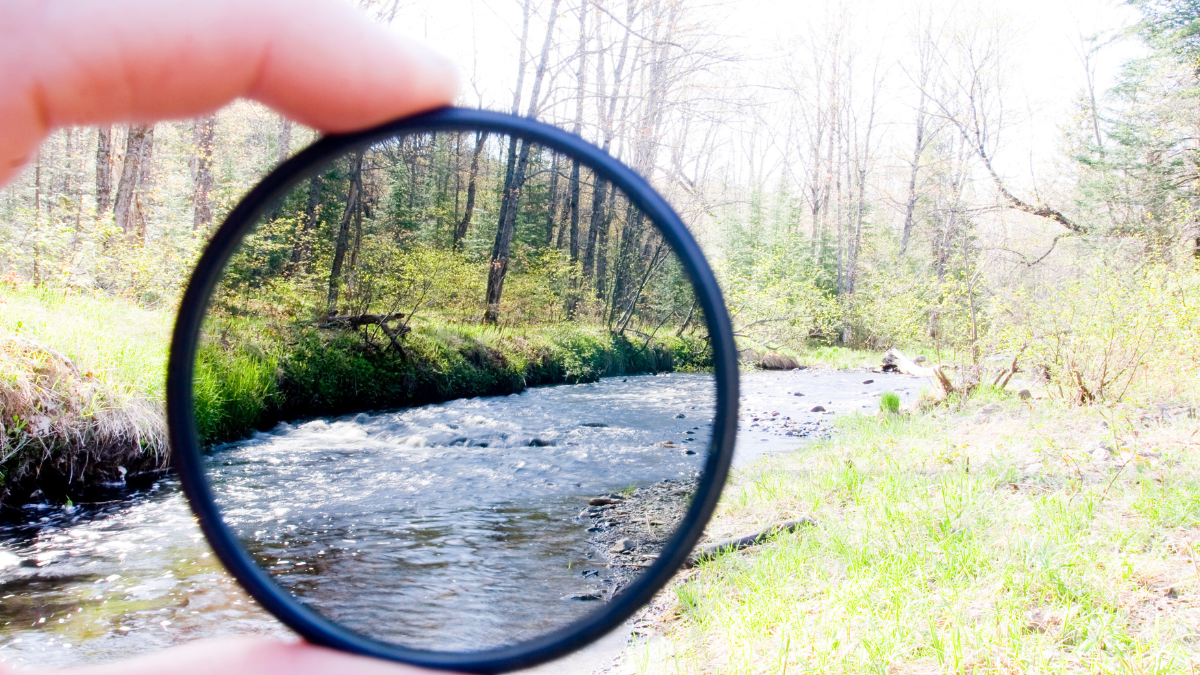
Once in a while we don’t maintain that a channel should influence the entire photograph, so graduated channels prove to be useful. In the event that you want a ND channel to obscure an overexposed sky, go after a graduated thickness channel. They come in basically any mix you could want, yet the essential go-to would be a half AND channel of 1 or 2 stops.
3. Capturing the Beauty of Different Landscapes
– Mastering Forest Photography

Capturing woodlands presents an alternate arrangement of difficulties. To start with, ponder the personality of the backwoods you need to shoot and the inclination you need to convey in your picture. Would it be advisable for it to feel dim and agonizing, or light and vaporous? Are there any exceptional elements that will assist with communicating how you feel about it?
Likewise with any photo, track down a focal point. It may very well be one somewhat unique tree trunk, a way twisting through, or a sprinkle of variety on a blooming plant. Anything that it is, make in such a method for driving the watcher to it. Search for shafts of light infiltrating the shelter or one spot on the timberland floor straightforwardly lit by the sun.
Whether you are shooting toward a woods or shooting from inside it, search for examples, lines, and other compositional components you can utilize. Attempt both wide and zooming focal points. A wide focal point gazing toward the trees will make them take off; a fax will pack a line of trunks. Rests and gaze directly up through the branches; climb a tree to peer down the way.
– Tackling Vast Fields and Grasslands

Boundless expanses, for example, fields and grasslands are among the hardest scenes of all to photograph well on the grounds that frequently they miss the mark on clear focal point. Generally speaking, the enormous extent of the scene is something you’re attempting to impart. All things being equal, recollect that watchers need something on which to center.
Search for a component curious to that spot and use it as a focal point that expresses something about the scene and grants a feeling of scale. You don’t maintain that the watcher’s eyes should meander carelessly around the edge, so utilize anything that could be accessible to lead him into the picture — a winding street, a stream, or a wall line, for instance.
– Embracing the Diversity of Seacoasts
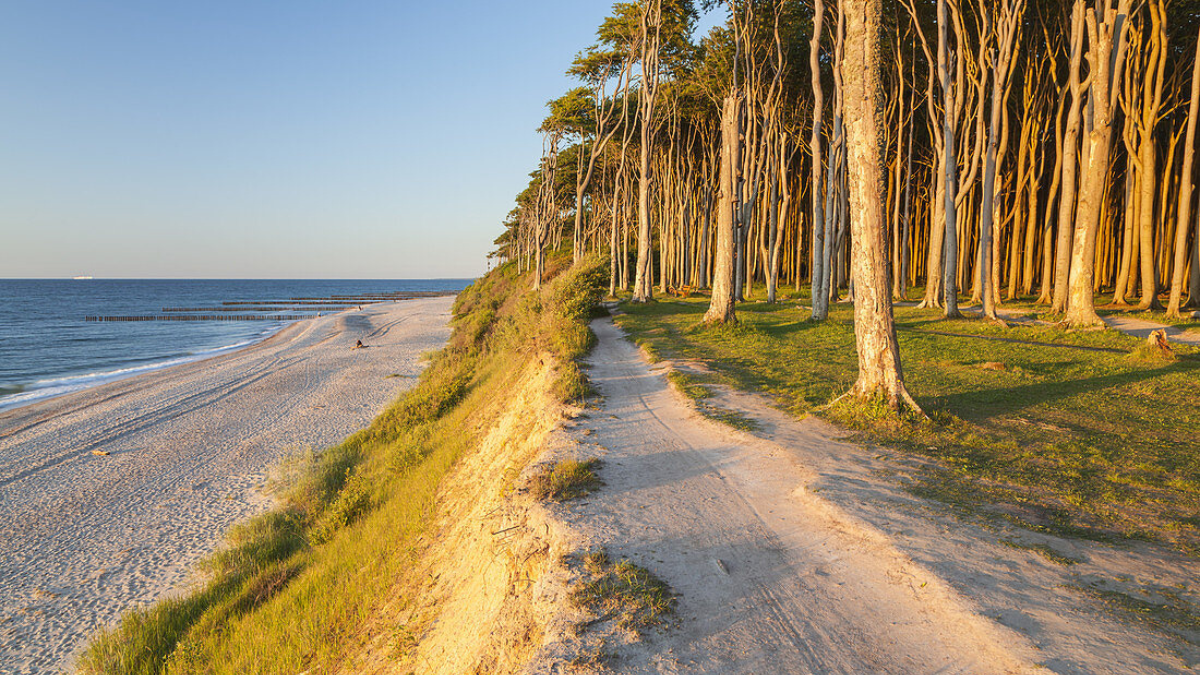
Think about these various scenes: a serene jungle isle with turquoise water lapping at a white, sandy ocean side; storm waves beating a rough New Britain shore; a thickly stuffed excursion ocean side. What sort of shore would you say you are shooting, and how might you best convey it?
What season of day, what sort of climate, and what season is generally fitting for showing its personality? These are the sorts of inquiries to pose to yourself while exploring for the right vantage point and creation prior to shooting. Each coastline is different here and there. Show the distinction in your pictures.
Whenever you have contemplated the personality of the shore, search for components you can use to support the inclination you’re later. Palm trees make a decent casing for a tropical ocean side; a splash of water shooting over rocks adds show to a rough beachfront scene. As in the desert, be cautious about sand.
Assuming it’s breezy, make certain to safeguard your camera and focal points from blowing sand. Try not to open the camera back except if you are in a space that is very much protected.
4. Enhancing Your Photography
– The Impact of Monochrome
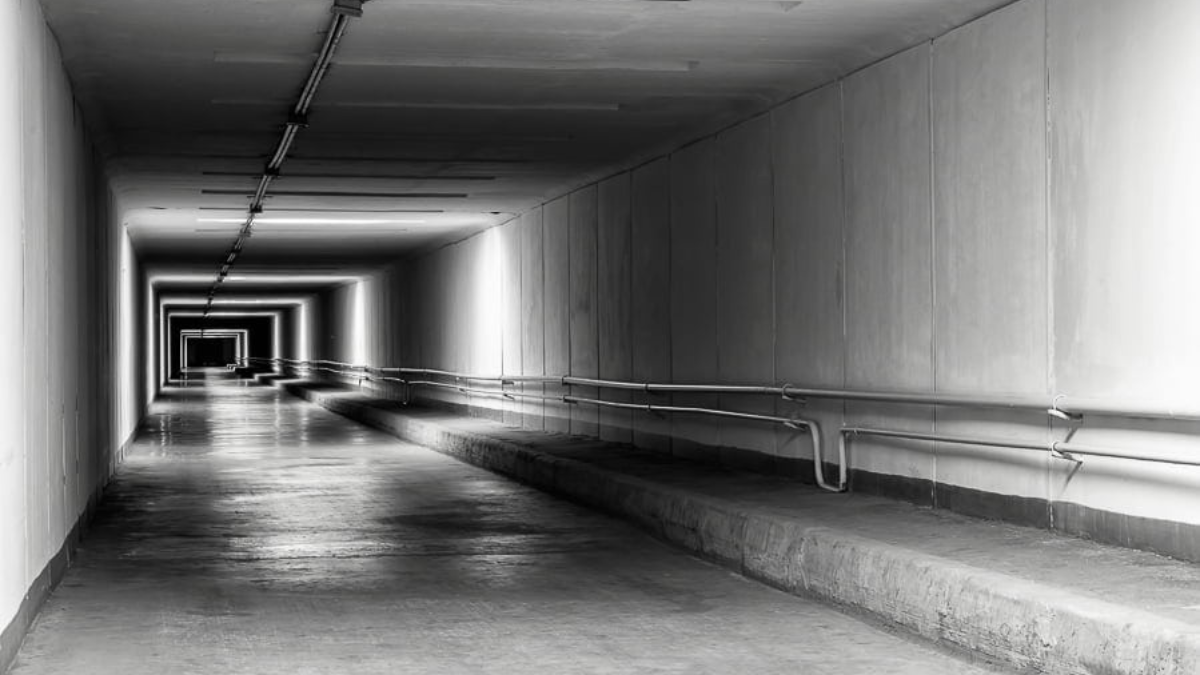
The lighting in the first shot was very level and dull however by switching over completely to highly contrasting it’s substantially more sensational and more full of difference. Scenes are appropriate to a high contrast treatment; in this way it tends to be valuable to make your Live View mono, which will assist you with imagining your scene without variety.
On an Ordnance camera, for instance, this should be possible by changing the Image Style in the menu and will empower you to make your scene zeroing in on the shape and differentiation inside the casing, as opposed to any tones. In the event that you shoot Crude you’ll in any case approach the variety adaptation if necessary, as well.
– Mastering Manual Exposure

Here comes perhaps the main tip that you will at any point learn for scene photography — and photography overall. With your DSLR or mirrorless camera on Manual Mode, find out more about the openness triangle: screen, gap, and ISO. Each is estimated by a mathematical worth and influences how much light that enters the focal point.
Here are the fundamental portrayals for each:
• Screen Speed: Decides how quick or slow the shade closes to end the picture catch subsequent to tapping the screen button.
• Gap: The hypothetical worth communicated as a f-number or “stops” to decide the size of the focal point iris opening, managing how much light that enters the focal point and influencing the profundity of field.
• ISO Level: Measures the camera’s aversion to accessible light.
Your camera permits you to dial every one of these in and the right mix will assist you with getting the right openness for a picture. So whether you’re shooting depictions during the day or wanting to have fantastic night chances of the city, you can at last get the right settings once you comprehend what these three work and mean for one another.
– The Essentials of the Exposure Triangle
5. Planning for Success
– Scout Your Locations

To have a truly extraordinary chance, you’ll need to invest energy investigating your area early. In the event that you’re ready to investigate the region a few times in various lighting conditions, you’ll get a truly smart thought of where and when you should be there to nail the shot. In any case, in some cases you’ll currently be out on the path when you conclude you need to snap a scene photograph.
For this situation, actually attempt to get ready with sufficient opportunity to think of an arrangement for catching the scene. This can mean climbing up to an edge or getting to a snow capped lake an hour prior to the brilliant hour. You’ll utilize this additional opportunity to decide precisely where you want to set up, what camera settings to utilize and what you need to remember for the photograph, similar to trees, shakes, and individuals.
– The Art of Patience

It’s a reality of (Landscapes photography) life: The components are basically continuously contriving to destroy an impeccably made photograph.
Along these lines, scene photography requires persistence. Assuming you show up on the spot just to see as the dusk is obstructed by mists, don’t return to home base. Set up your arrangement and stand by – in the event the mists distribute sufficiently lengthy to permit the sun to get through.
You should continuously make arrangements for additional time at an area in the event holding up is essential. Relatedly, really look at weather conditions gauges prior to leaving so you know what’s in store!
– Striving for Excellence: Never Settling for a Good Photograph

It is valid regardless of the class of photography. It doesn’t make any difference on the off chance that it is a scene or a picture; on the off chance that you can improve, then you ought to.
However, frequently due to the time and exertion that scene photography requires, individuals settle for a decent photograph as opposed to pausing or returning later to take an incredible one.
In my view, you ought to continuously expect to photograph your subject at the most ideal time, in the most ideal way, regardless of whether that implies pausing or returning later.
Obviously, you may not necessarily have the choice to return the line, and on the off chance that that is the situation, don’t just disregard a scene since you can’t catch an ideal shot. Plan to put forth a valiant effort, regardless of whether it’s somewhat flawed.

